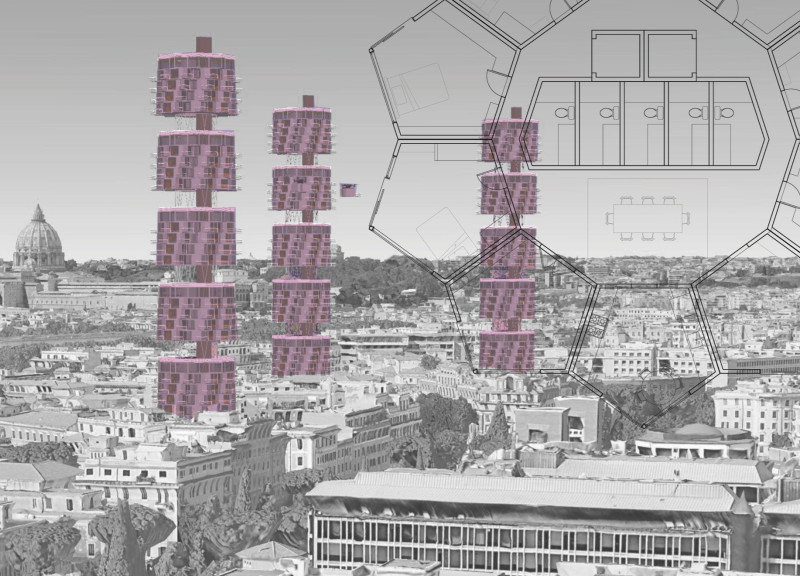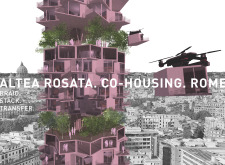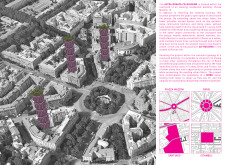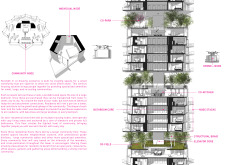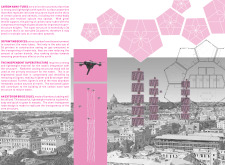5 key facts about this project
Sustainability and Material Innovation
What distinguishes the Altea Rosata project from conventional housing designs is its integration of advanced materials and sustainable practices. The architecture incorporates carbon nanotubes, known for their strength and lightweight properties, which contribute to the structural efficiency of the building. Lignen, a radiative cooling structural wood, is another key material that enhances thermal insulation and environmental performance. The use of bamboo cladding is an eco-friendly choice that supports local sourcing and reduces the carbon footprint of the building. These materials not only satisfy aesthetic requirements but also ensure long-term durability and minimal environmental impact.
Functional and Modular Design
The design of Altea Rosata is characterized by its modularity, enabling flexible living arrangements tailored to individual needs. Each residential unit functions as a private node while integrating seamlessly with communal spaces, which serve as community nodes. The spatial arrangement facilitates easy interaction between residents, promoting a sense of belonging. Shared facilities such as kitchens, dining areas, and recreational spaces encourage engagement and collaboration among neighbors. Vertical gardens and green terraces are strategically placed to enhance the quality of living while providing ecological benefits. This approach to space planning reflects a thorough understanding of the socio-environmental dynamics of urban living.
Architectural Solutions for Community Engagement
The architectural design promotes community cohesion through intentional organization and accessibility. The inclusion of "Co-Parks" and "Co-Fields" offers residents outdoor spaces for recreational activities and social gatherings. An internal elevator core ensures efficient movement throughout the building, supporting both privacy and communal interaction. The overall planning of the Altea Rosata project represents an innovative response to housing demands, combining individual comfort with communal experiences.
For a more comprehensive understanding of the Altea Rosata Co-Housing project, including insights into architectural plans, architectural sections, and the broader architectural ideas that drive its design, interested readers are encouraged to explore the project presentation further. This will provide valuable information on how this project stands apart in the context of urban architecture and co-housing solutions.


